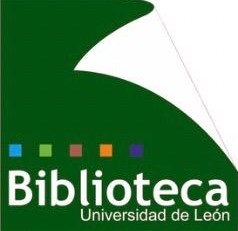Compartir
Título
Distribution of Tetracycline Resistance Genes in Actinobacillus pleuropneumoniae Isolates from Spain
Autor
Facultad/Centro
Área de conocimiento
Cita Bibliográfica
Antimicrobial Agents and Chemotherapy, febrero 2006, vol. 50, n. 2
Editorial
American Society for Microbiology
Fecha
2006-02-14
Resumen
Actinobacillus pleuropneumoniae is the etiological agent of porcine pleuropneumonia. Tetracycline is used for
therapy of this disease, and A. pleuropneumoniae carrying the tet(B) gene, coding for an efflux protein that
reduces the intercellular tetracycline level, has been described previously. Of the 46 tetracycline-resistant (Tcr)
Spanish A. pleuropneumoniae isolates used in this study, 32 (70%) carried the tet(B) gene, and 30 of these genes
were associated with plasmids. Eight (17%) isolates carried the tet(O) gene, two (4%) isolates carried either the
tet(H) or the tet(L) gene, and all these genes were associated with plasmids. This is the first description of these
tet genes in A. pleuropneumoniae. The last two Tcr isolates carried none of the tet genes examined. Except
for tet(O)-containing plasmids, the other 34 Tcr plasmids were transformable into an Escherichia coli recipient.
Two plasmids were completely sequenced. Plasmid p11745, carrying the tet(B) gene, was 5,486 bp and included
a rep gene, encoding a replication-related protein, and two open reading frames (ORFs) with homology to
mobilization genes of Neisseria gonorrhoeae plasmid pSJ7.4. Plasmid p9555, carrying the tet(L) gene, was 5,672
bp and, based on its G C content, consisted of two regions, one of putative gram-positive origin containing the
tet(L) gene and the other comprising four ORFs organized in an operon-like structure with homology to
mobilization genes in other plasmids of gram-negative bacteria
Materia
Palabras clave
Peer review
SI
URI
Aparece en las colecciones
- Artículos [4556]
Ficheros en el ítem
Tamaño:
165.4
xmlui.dri2xhtml.METS-1.0.size-kilobytes
Formato:
Adobe PDF














